
Best Hikes & treks to Machu Picchu. While there are tons of routes to Machu Picchu, the Inca Trail is the best one. But why is this one trek in Peru so special, that more than 500 permits sell out every day?
It’s because the Inca Trail hikes directly to Machu Picchu through the Sun Gate rather than concluding in a bus ride. You have to book them months in advance. You can only go with a guide from a licensed tour company.
Only you can decide whether the Inca Trail is worth through four days plenty of adventures. But there are plenty of treks to Machu Picchu for those who prefer solitude. For people who hike for views. Those who favor cultural interactions, Wildlife. There are hikes you can do outside of trekking season. There are even alternative routes to Machu Picchu if you can’t part with the idea.
Why do the hike everyone else is doing? There are glaciers to see. Canyons that plunge 3,000m deep. Mountains that climb above 6,600 m. If you’re willing to seek them out, you’re likely to experience that the best trek in Peru isn’t the Inca Trail at all.
We’ve already covered some of the best treks in South America, but I’d like to turn the spotlight onto Peru for a sec, because it’s undoubtedly one of the world’s best trekking destinations. From the Choquequirao Trek to the Ausangate Trek, there are some of the best treks in Peru that aren’t the Inca Trail.

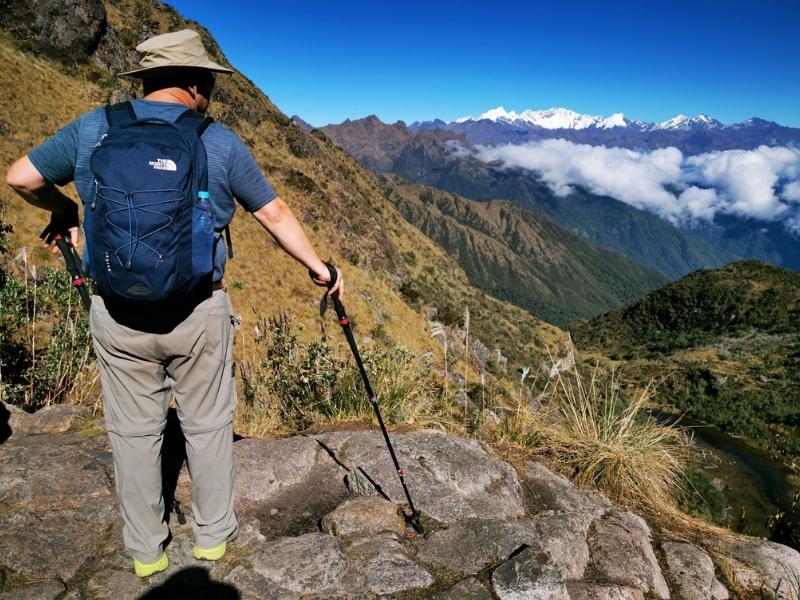
The classic 4-day Inca Trail is one of the most famous hikes in the world. Ending with a grand entrance to Machu Picchu through the Sun Gate, this hike passes 28 miles (45 km) of Andean terrain. You’ll walk along the sacred path of the Incas, meet local communities, Pass by remote Inca ruins, sleep under starry night skies and follow the ancient path the Inca once used to reach Machu Picchu. Along this trail, you will also be accompanied by expert guides (trained in first-aid and rescue) as well as professional chefs.
The culmination of the 4-day Inca Trail adventure ends at the Sun Gate (Inti Punku) where you’ll overlook the Machu Picchu ruins and take in the iconic Huayna Picchu at sunrise. Due to its popularity, the trek can sell out several months ahead of time. However, there are plenty of Inca Trail alternatives to consider.
If you’re short on time – or traveling with young children – the 2 day Inca Trail tour is a perfect alternative to the 4-day trek. The journey begins with a scenic train ride from Cusco to Ollantaytambo. From there, you’ll hike up to the stunning archaeological site of Wiñay Wayna and the Sun Gate. You’ll spend the night at a cozy hostel in Aguas Calientes before heading to Machu Picchu in the morning.
No matter how you choose to hike the Inca Trail, there’s something for every level and experience.
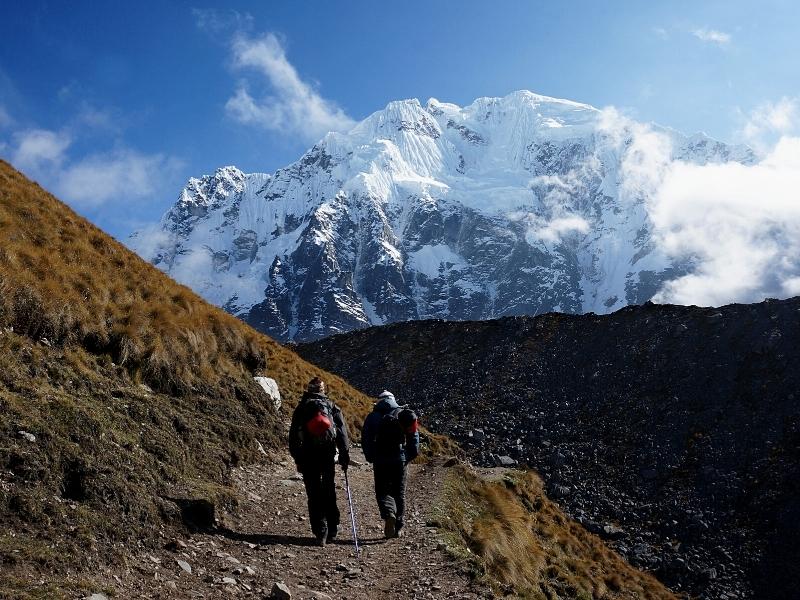
Salkantay is a great Inca Trail alternative when permits are sold out or you’d simply like to avoid crowds. When it comes to Andean landscapes, you couldn’t ask for a better trail. The Salkantay trek covers several Andean microclimates. First, trekkers climb up into the alpine tundra facing the monumental Apu Salkantay. They then descend into subtropical cloud forest as they approach Machu Picchu. The vibrant blue-green Humantay Lake also sits along the trail, as well as the Inca ruins Llactapata. Trekkers will also enjoy soaking in hot springs and tasting freshly roasted and brewed local coffee.
The most common version of the Salkantay trek takes five days. The first four days are full trekking days, while the fifth day is to visit Machu Picchu. Note that, unlike the Inca Trail, Salkantay ends at Aguas Calientes instead of the Sun Gate. Those who are in a rush or prefer more of a challenge can complete the trek in four days if they opt to skip a few sites.
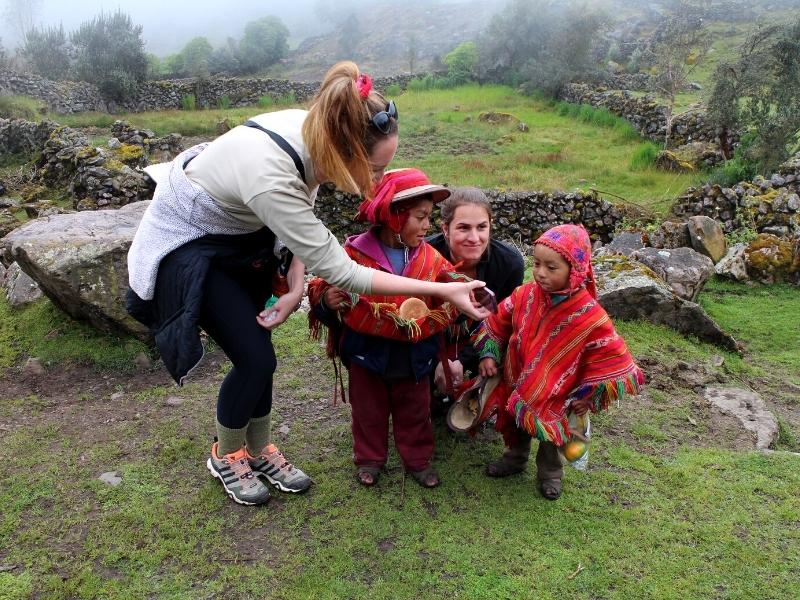
Lares Trek is one of the best treks in Peru for avid hikers who are also culture enthusiasts. It winds through the Sacred Valley, along the way passing Andean villages and herds of llamas. In fact, it is even nicknamed the “Weaver’s Route” for the traditional occupation of the area. On top of cultural heritage, Lares boasts incredible mountain views and hot springs. Most consider Lares to be a moderate trek. However, it’s still at high elevation, higher than the Inca Trail, which is tough if you’re not acclimated.
The trail is another alternative to the Inca Trail but ends far from Machu Picchu. On the third day of the trek, you end in Ollantaytambo where you take the train to Aguas Calientes. On the fourth day, you are able to tour the Inca citadel Machu Picchu. If you missed out on the Inca Trail and still dream of crossing through the Sun Gate, it’s still possible. You can combine the first two days of Lares with the 2-day (or short) Inca Trail.
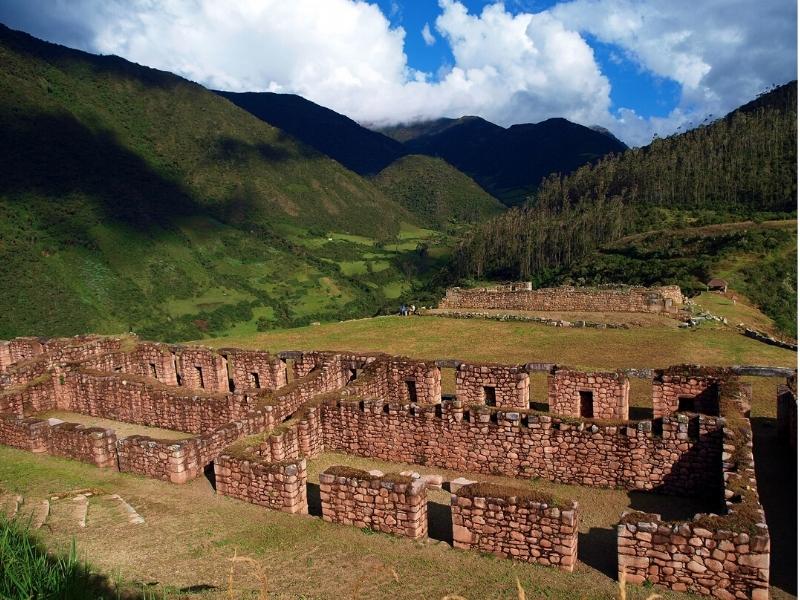
Vilcabamba is a historically intriguing trek in the network of Inca trails. It passes through the Vitcos archeological site, an ancient residence for Inca nobles. In fact, Hiram Bingham first came upon Vitcos before heading on to Machu Picchu during his 1911 trip. Trekkers will also see Yuraq Rumi (White Rock), a set of intricately cut ceremonial stones. Overall, the trail is moderate. However, there are three passes measuring between 13,450 and 14,765 feet (4,100–4,500 meters) all on the third day. From here, trekkers continue descending into the Peruvian cloud forest.
There are two versions of the Vilcabamba trek. The first is like the Salkantay trek and eventually leads to Santa Teresa. From here, trekkers take the hydroelectric train or continue hiking to Aguas Calientes. The other is a longer 7-day trek to Espiritu Pampa archeological site and then directly back to Cusco.
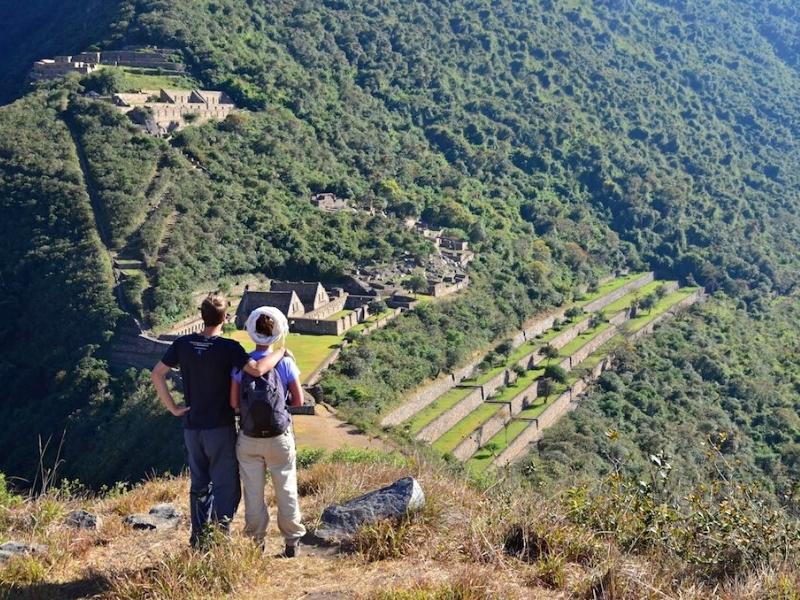
There are two ways to hike Choquequirao. If you only want to visit the (literally translated) “cradle of gold,” it’s just four days there and back. However, if you’d prefer to trek all the way to Machu Picchu, you need at least eight days. Like Salkantay, you’ll pass through Lucmabamba before ending in Aguas Calientes. The final day will be your tour of Machu Picchu.
Archeologists and historians consider Choquequirao to be Machu Picchu’s sister site. Their structures are very similar, with trapezoidal buildings and layers of terraces. The site itself is higher than Machu Picchu at 10,010 feet ( 3,050 m). During the reign of the Inca Empire, this site likely served as an entry point to the Inca capital in Cusco. Like the more well-known Inca Trail, Choquequirao is also part of the network of Inca trails in Peru.
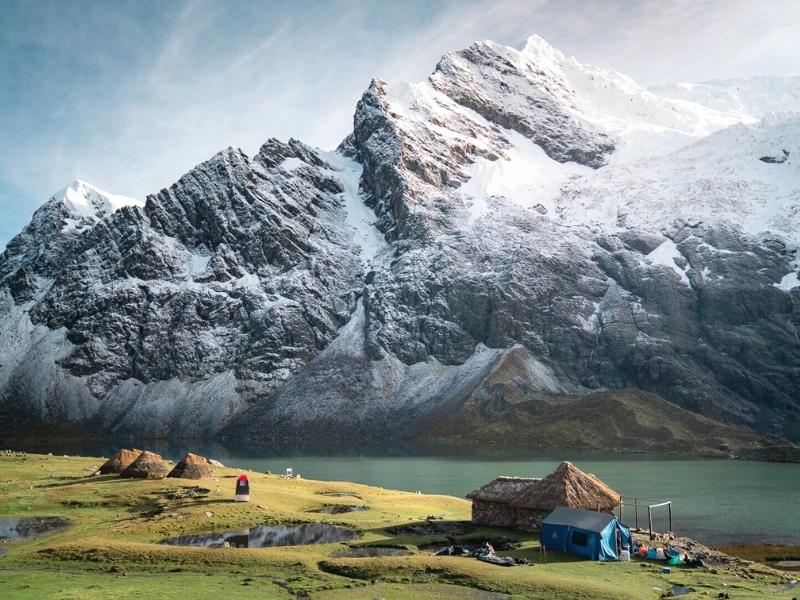
Backpackers rave about the Ausangate trek as one of the best off the beaten path. The trail is remote and boasts some of the best kept Andean scenery. Highlights include the snow-capped peaks, glaciers, jewel-toned lakes and traditional Andean villages. There is also the option to add an extra day to visit the famous mountain in Peru, Rainbow Mountain. Thanks to mineral deposits in its soil, this mountain has the most stunning colors.
However, trekkers should keep in mind that this is one of the more difficult Peru hikes. Ausangate’s elevation ranges from 10,334 to 16,800 feet (3,150 to 5,120 meters). With tour options ranging from four days to six, it’s best to pick a longer tour if you’re not an avid hiker. This will give you more time to rest along the trail and better enjoy the impressive landscape.
If you don’t have time for a multi-day trek, you can spend a full day hiking to the top of Rainbow Mountain.
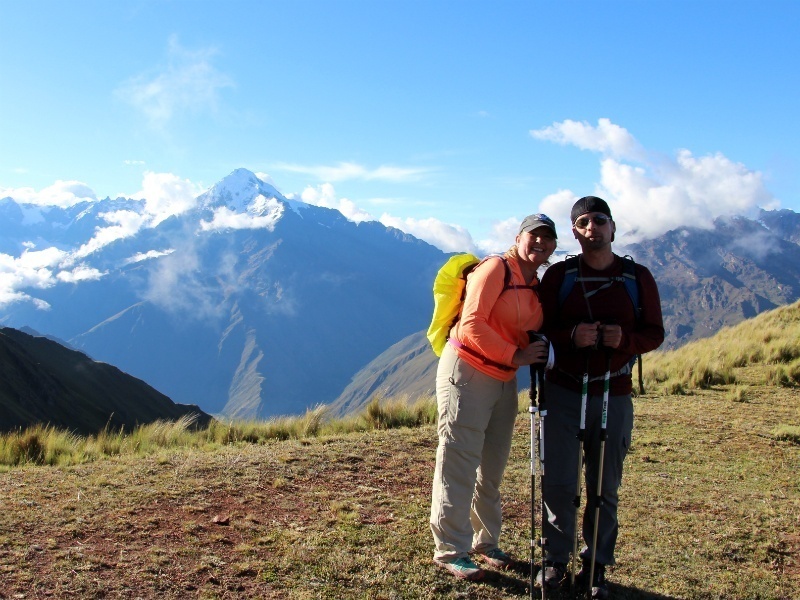
Peru’s Ancascocha trail is nothing short of a stunning alternative trek to Machu Picchu along sections of the old Inca trails surrounding Cusco. Offering a spectacular journey through the Andes, this challenging adventure trek may well be one of South America’s best-kept secrets. The lush green jungle below slowly fades into rolling hills speckled with orange and grey rock. In the distance, jagged snow capped mountains pierce a low hanging mass of cloud and my ears begin to pop.
Named after a tiny but beautifully located community in the Cordillera Vilcabamba’s remote eastern fringe, this is a little-known trek, but worthy addition to the growing list of alternative treks to the Classic Inca Trail trek. It starts in the village of Soqma. Crossing two high passes including Huayanay pass (4,650 m/ 15,298 ft. highest point). It offers amazing views of some of the region’s best-known snow peaks, Salkantay and La Veronica. An added bonus is the magnificent Huayanay glacier which towers above a landscape laced with icy lakes and cascades. Along with the natural attractions you’ll pass interesting Inca ruins, sections of Inca Trails, red mountains and friendly local indigenous people. Ancascocha can easily be combined with the classic Inca Trail, Salkantay trek or the Moonstone trek. The Ancascocha trail finishes at several points: you can link up with the Salkantay trek at Salkantaypampa, you can link up with the Classic Inca Trail at Paucarcancha, KM 82 and continue to the magnificent and Mysterious city of Machu Picchu.

The Ancascocha Trail to Machu Picchu in the Peruvian Andes is a remarkable trail that remains off the beaten path. It is listed as one of National Geographic’s 20 dream hikes on their World Best Hikes list.
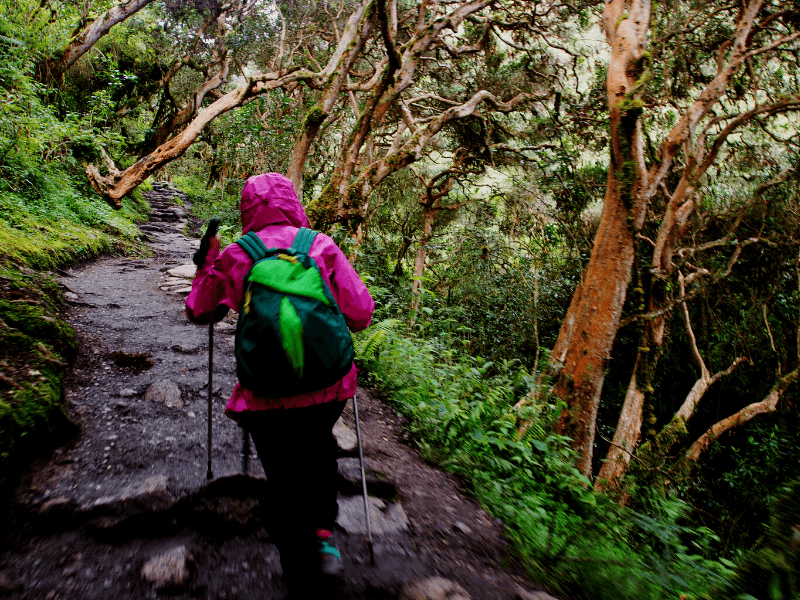
This trekking is designed for those who want to do the traditional Inca trail trek in a short time, without losing any attraction. We work only with two to four people per guide. It is a private tour for the quality of service that will be offered.
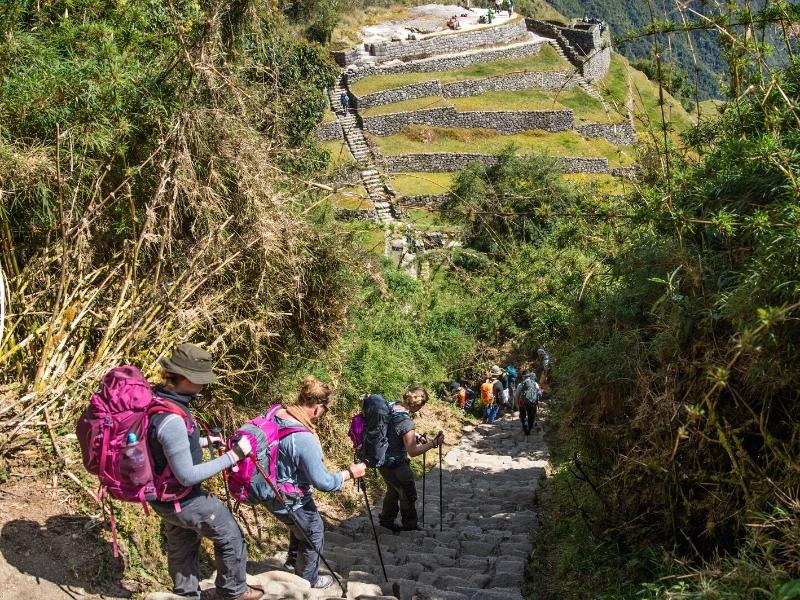
The 5-day Inca Trail to Machu Picchu is a trek that will show you the best landscapes and Inca ruins. This option is recommended for lovers of culture and a more leisurely pace of walking.
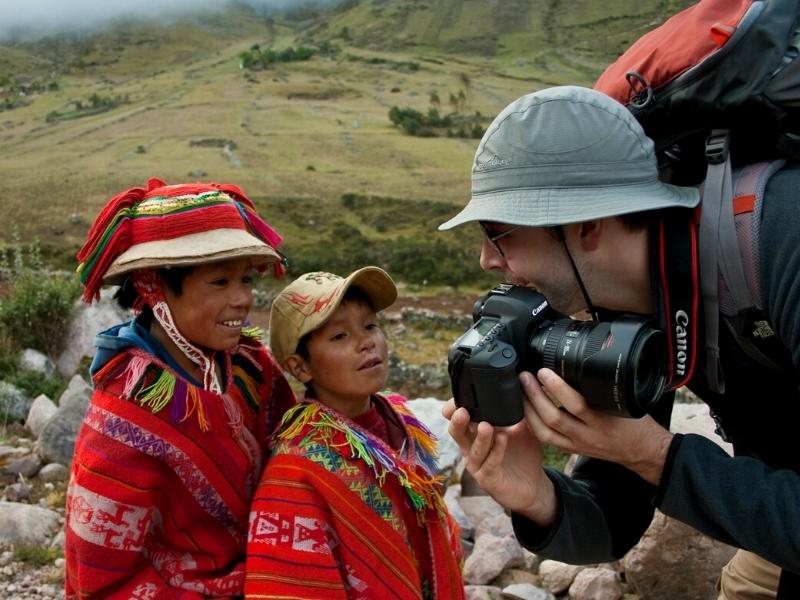
The Lares Trek combines high Andean trekking with a chance for genuine interaction with the most isolated indigenous communities which keep the inca culture alive. Majestic glaciers, amazing glacial lakes, waterfalls, llamas, and alpacas.

Explore the Lares Trek to Machu Picchu, this trip takes you to the heart of the Andes where few tourist have ventured, you will enjoy the Andean traditions and original indigenous villages, who are still keeping the incas traditions, imposing glaciers, green lakes, waterfalls, llamas and alpacas.
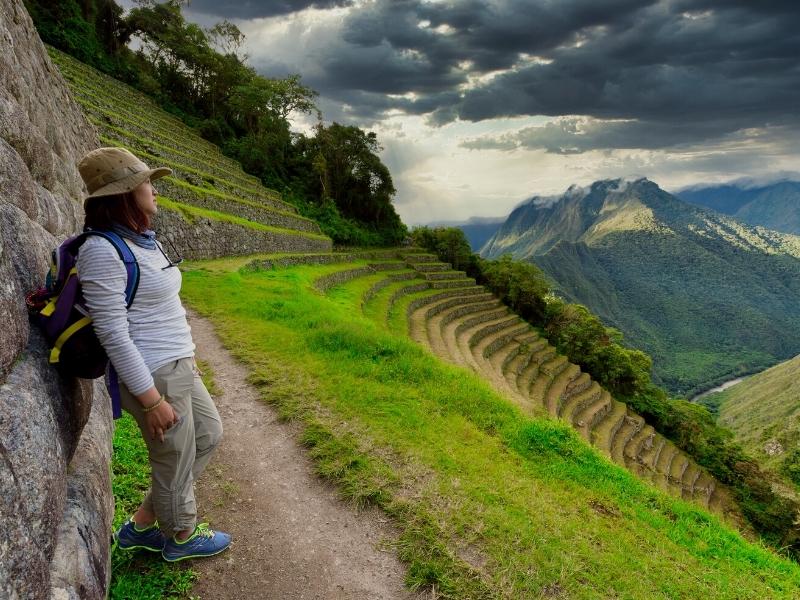
The 2-day Inca trail to Machu Picchu, is the shortest version of the Inca trail circuits to the sacred citadel of Machu Picchu. Andean Great Treks organize this trek with the best local guides and hotels in Machu Picchu. We work only in small groups, the premium service for your delight in Cusco.